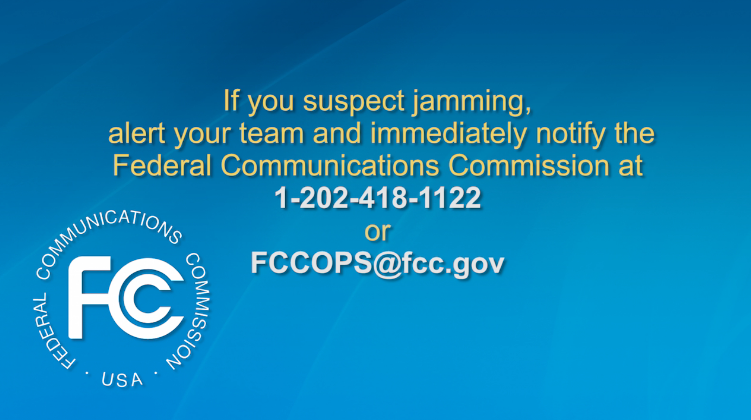Communications provide a vital lifeline for America’s first responders and federal law enforcement officers, ensuring they can perform their duties to protect and serve our citizens, communities, and nation. Unlawful interference with communications systems, including jamming of GPS, radio, and wireless systems, poses a threat to law enforcement and public safety across the country. Jammers can disrupt public safety communications and can cause first responders to lose important communications and critical situational awareness. While jamming is a growing threat to public safety communications, many first responders and federal law enforcement officers across the country remain unaware of the existence of signal jammers and that they can impede their communications. Federal law prohibits the operation, manufacture, sale, marketing, importation, distribution, or transportation of jamming devices.
The U.S. Department of Homeland Security (DHS) Science and Technology Directorate (S&T) is committed to making first responders safer and more aware of jamming and its potential impacts on their communications, safety, and ability to perform their missions. DHS S&T works to address jamming threats by assessing threats, developing and testing mitigation technologies and strategies, working with public safety agencies to update training procedures, and increasing awareness of jamming threats and reporting channels. In 2016, DHS S&T held the First Responders Electronic Jamming Exercise to assess the impact of jamming on public safety communications systems and mission responses and identify gaps in training.
Building on the results of the 2016 exercise, the 2017 First Responders Electronic Jamming Exercise (JamX 17) is the next step in making our nation and communities more resilient to jamming threats. During JamX 17, DHS S&T and public safety, law enforcement, private sector, and academic partners described the impacts of jamming on various communications systems and evaluated tactics and techniques to help responders better identify, locate, and mitigate the effects of jamming. S&T’s goal is to enable federal, state, and local operators to identify, respond, report, and resolve jamming incidents without impacting missions or endangering communities.

[source:dhs.gov]


